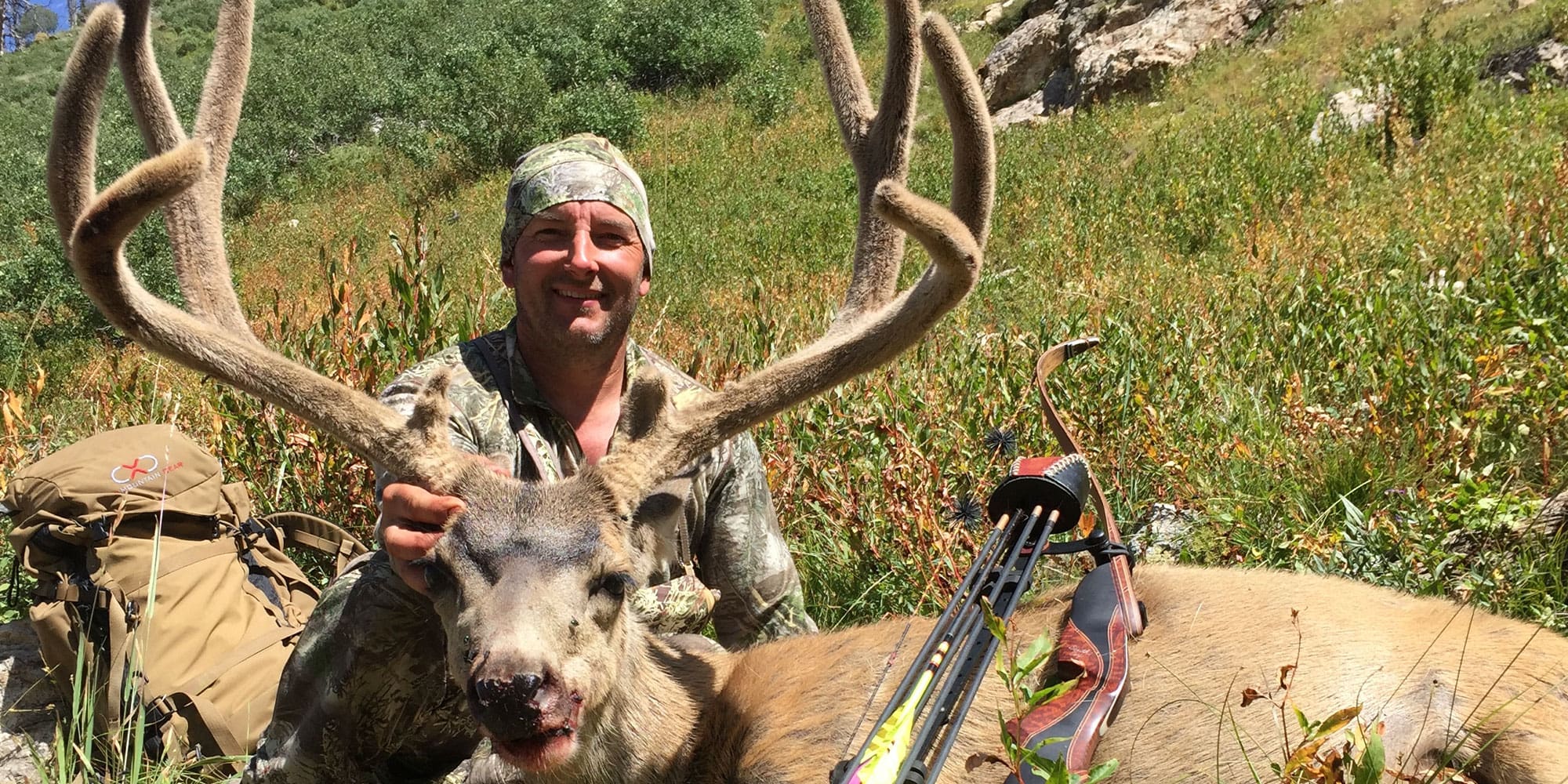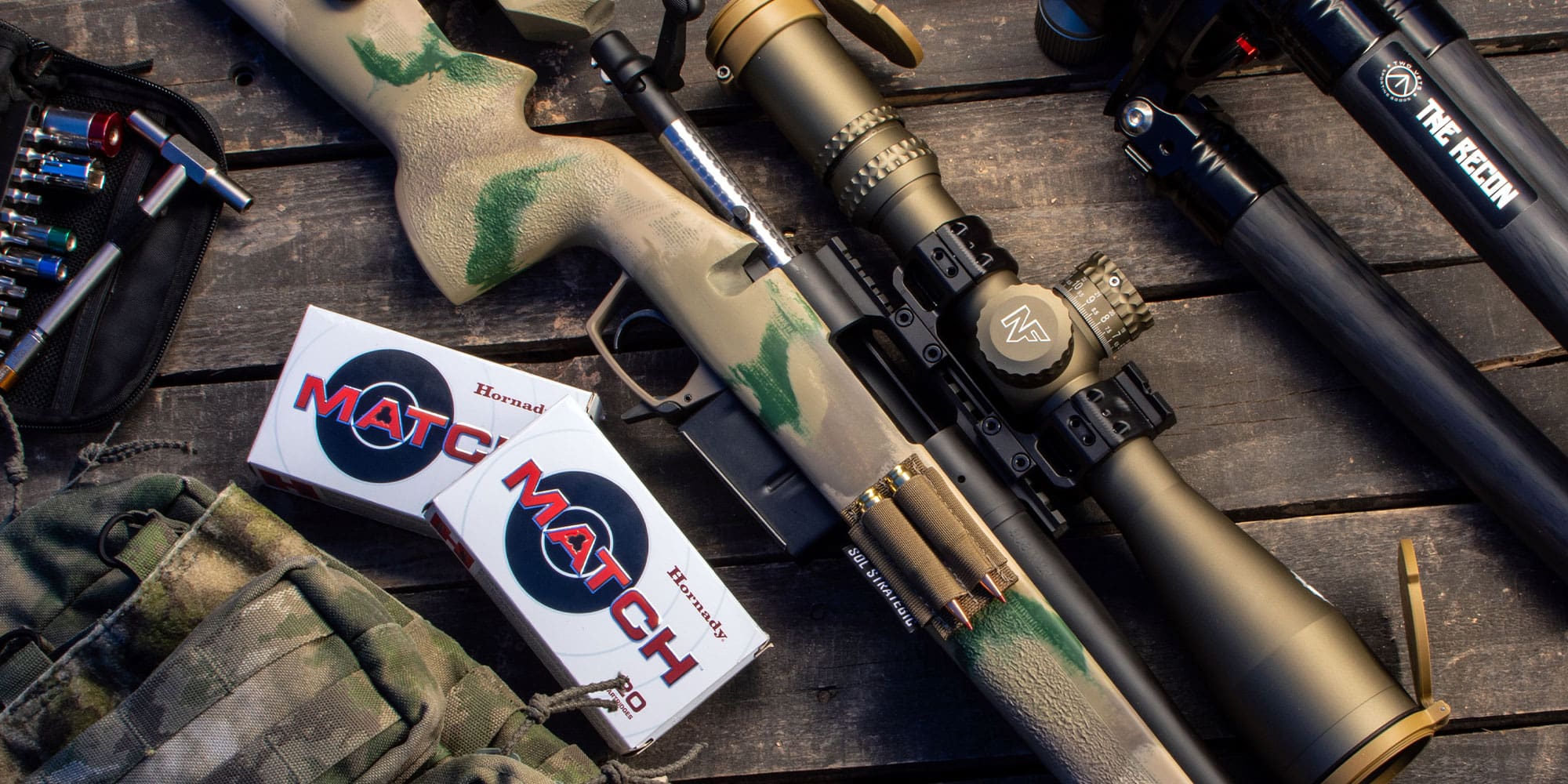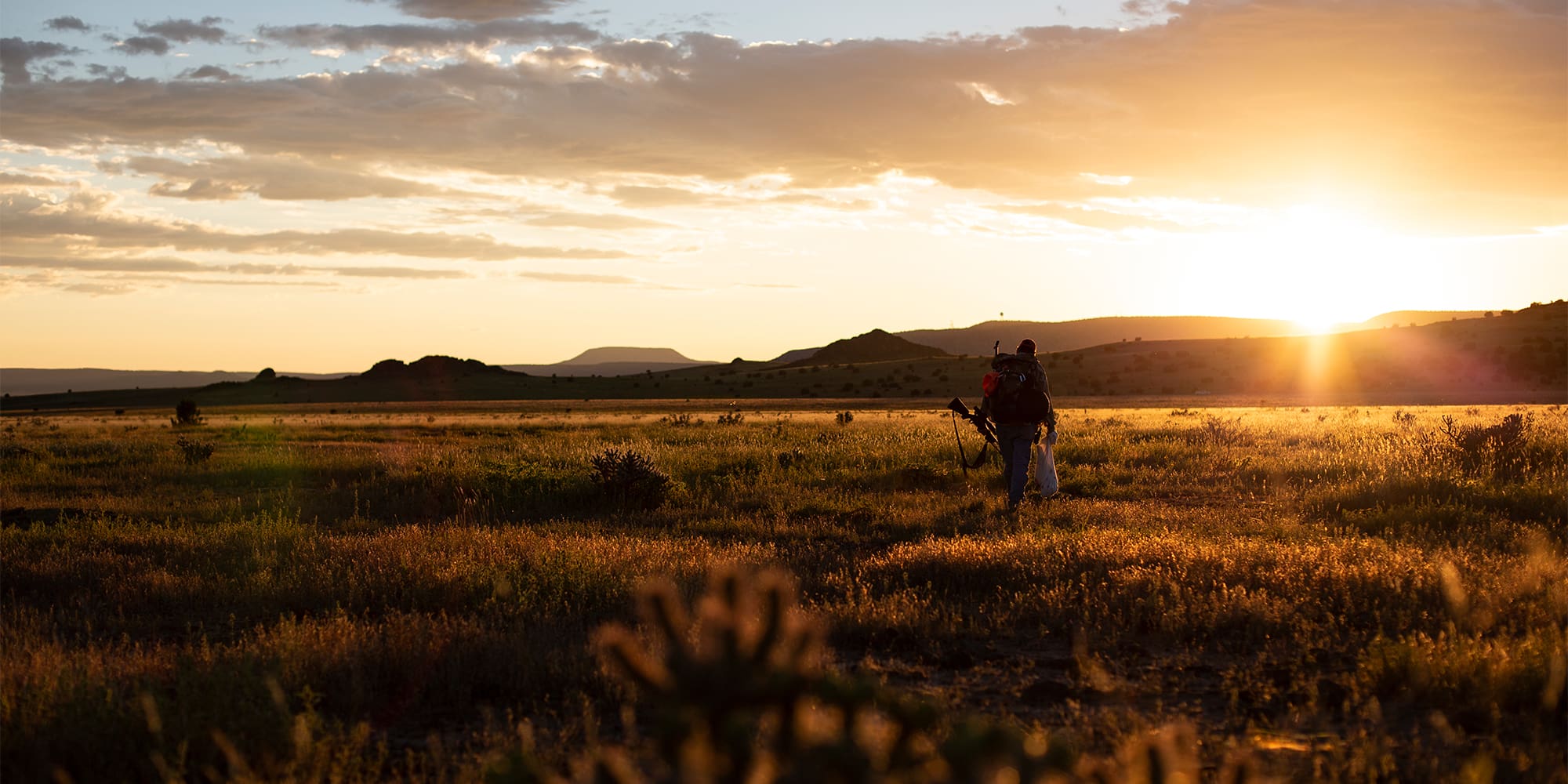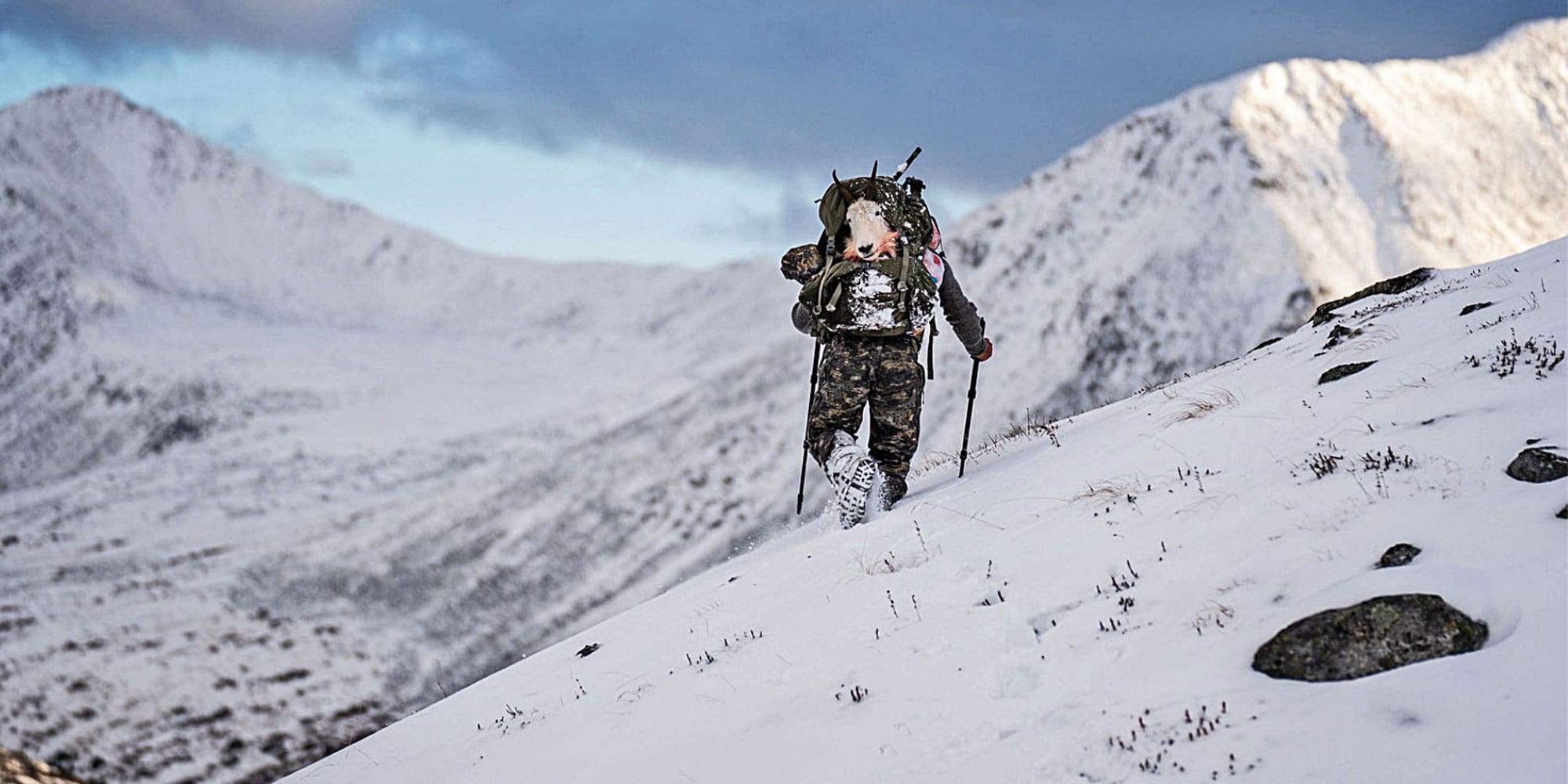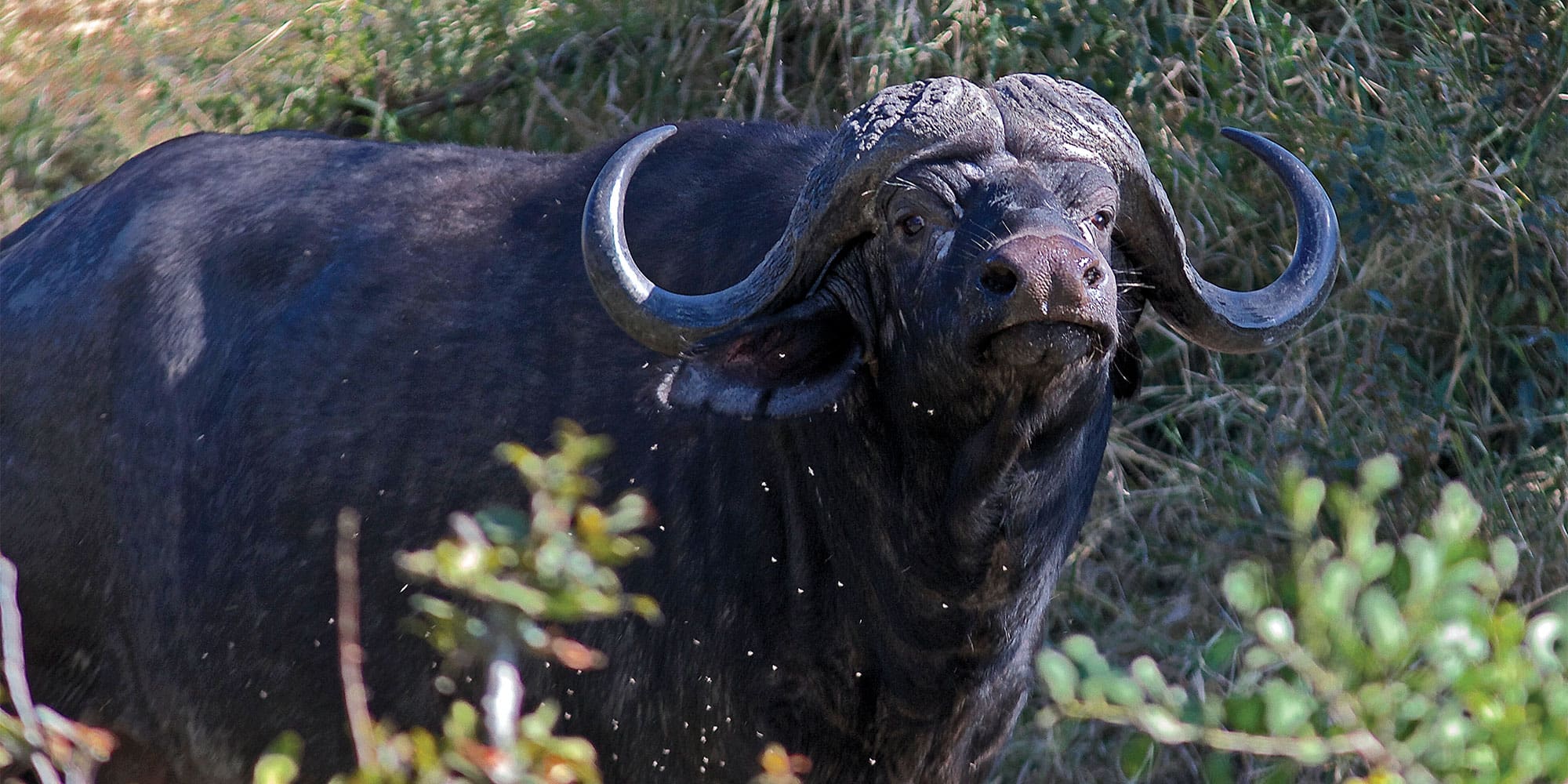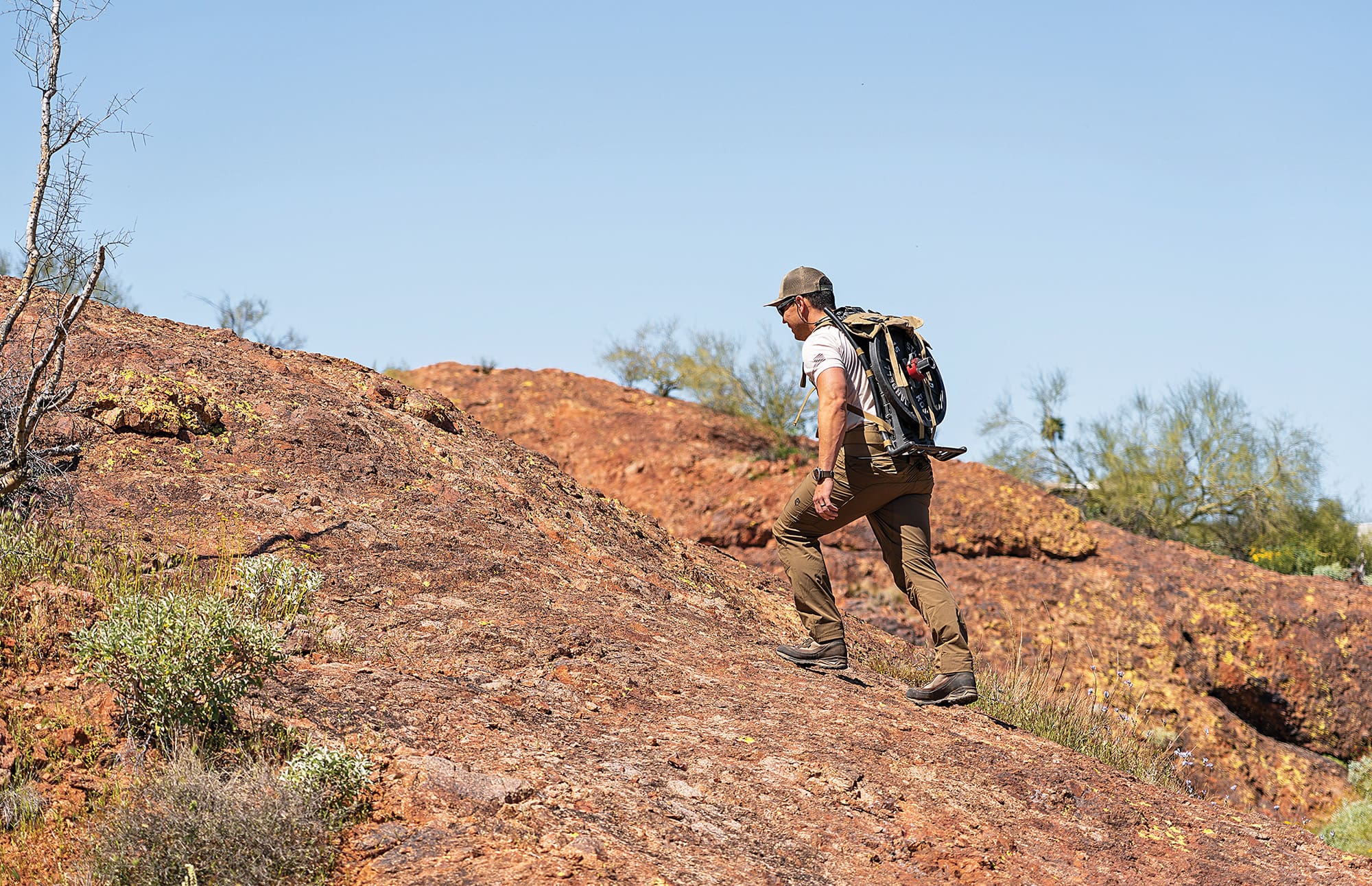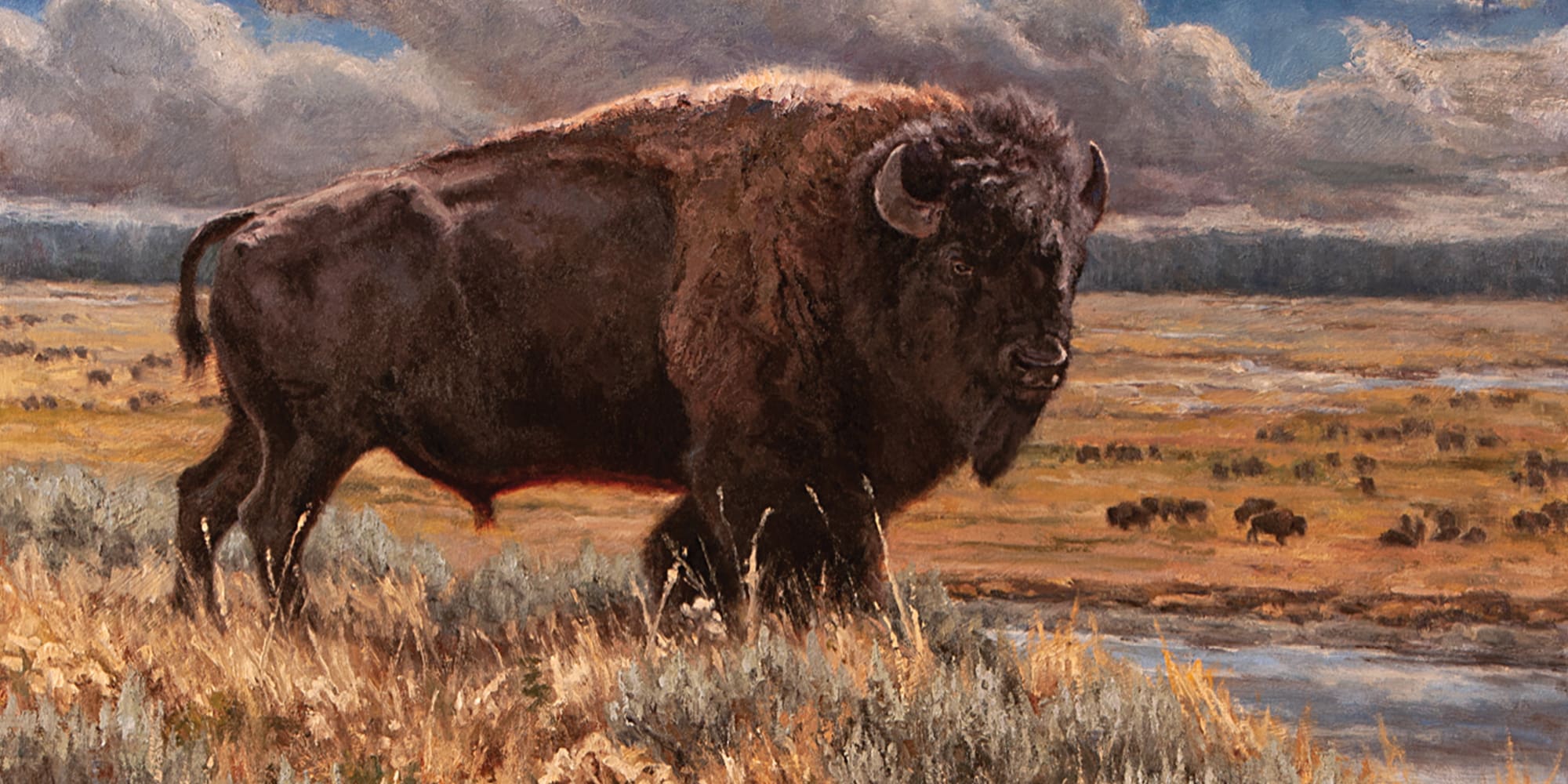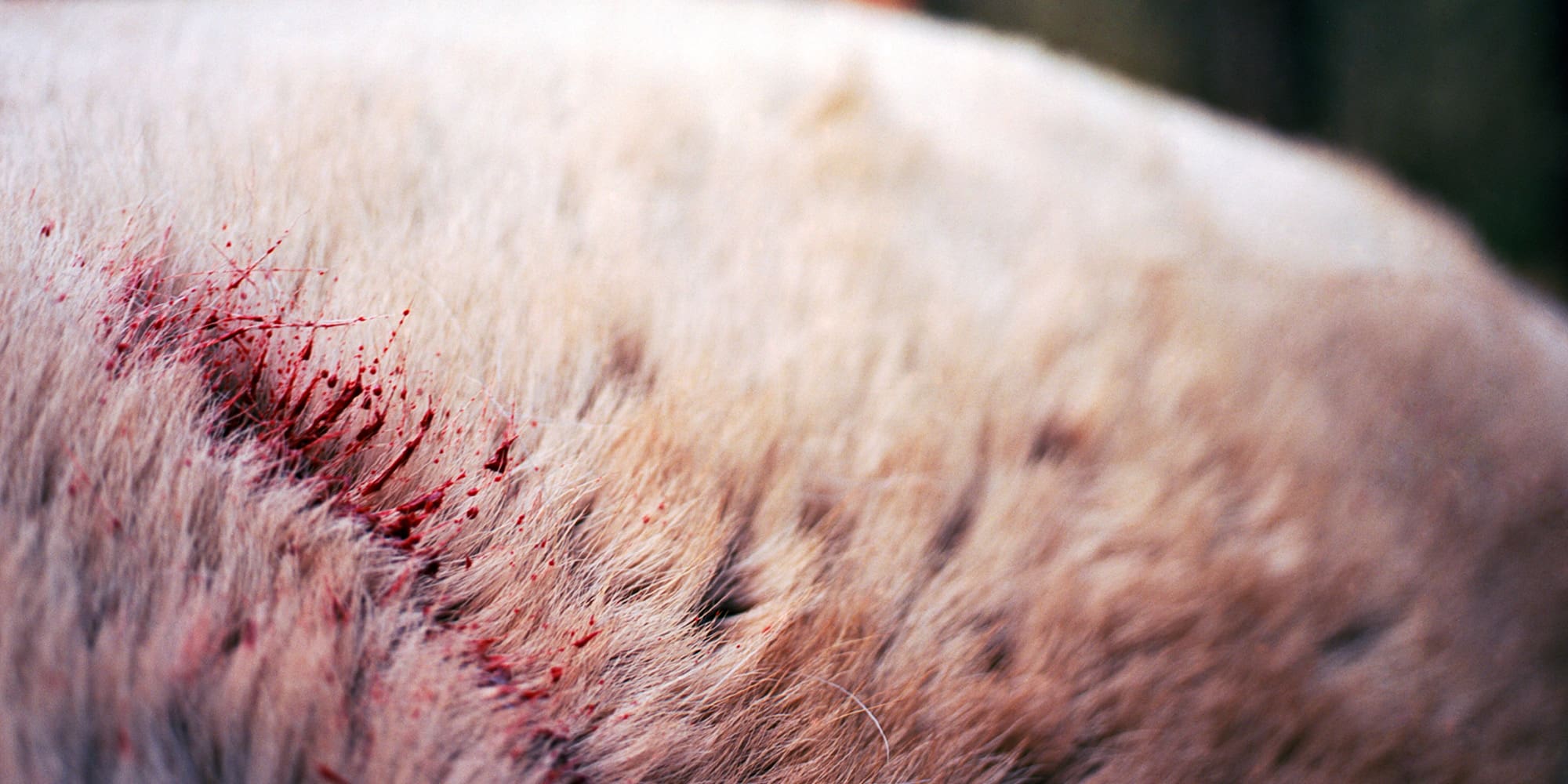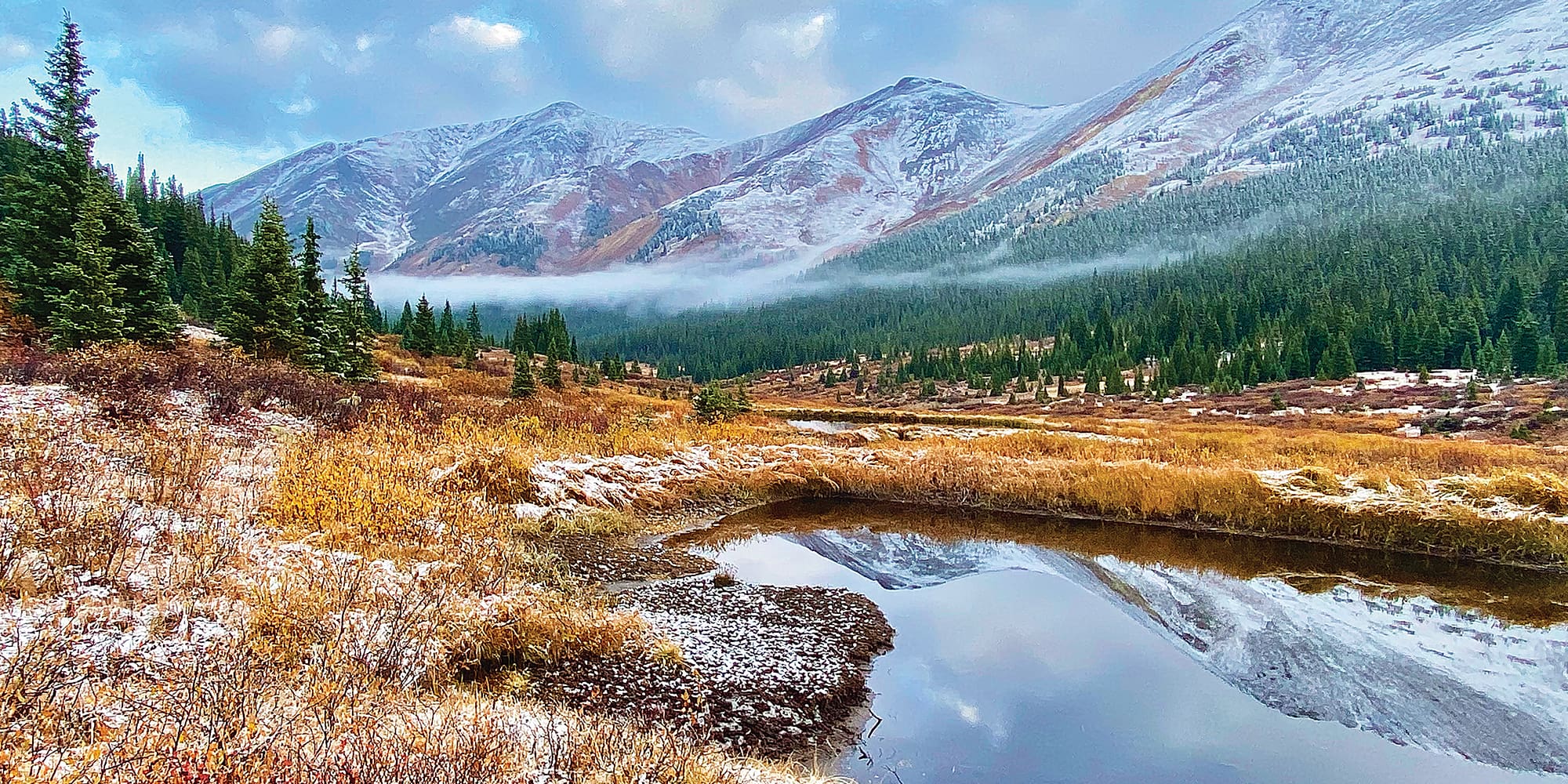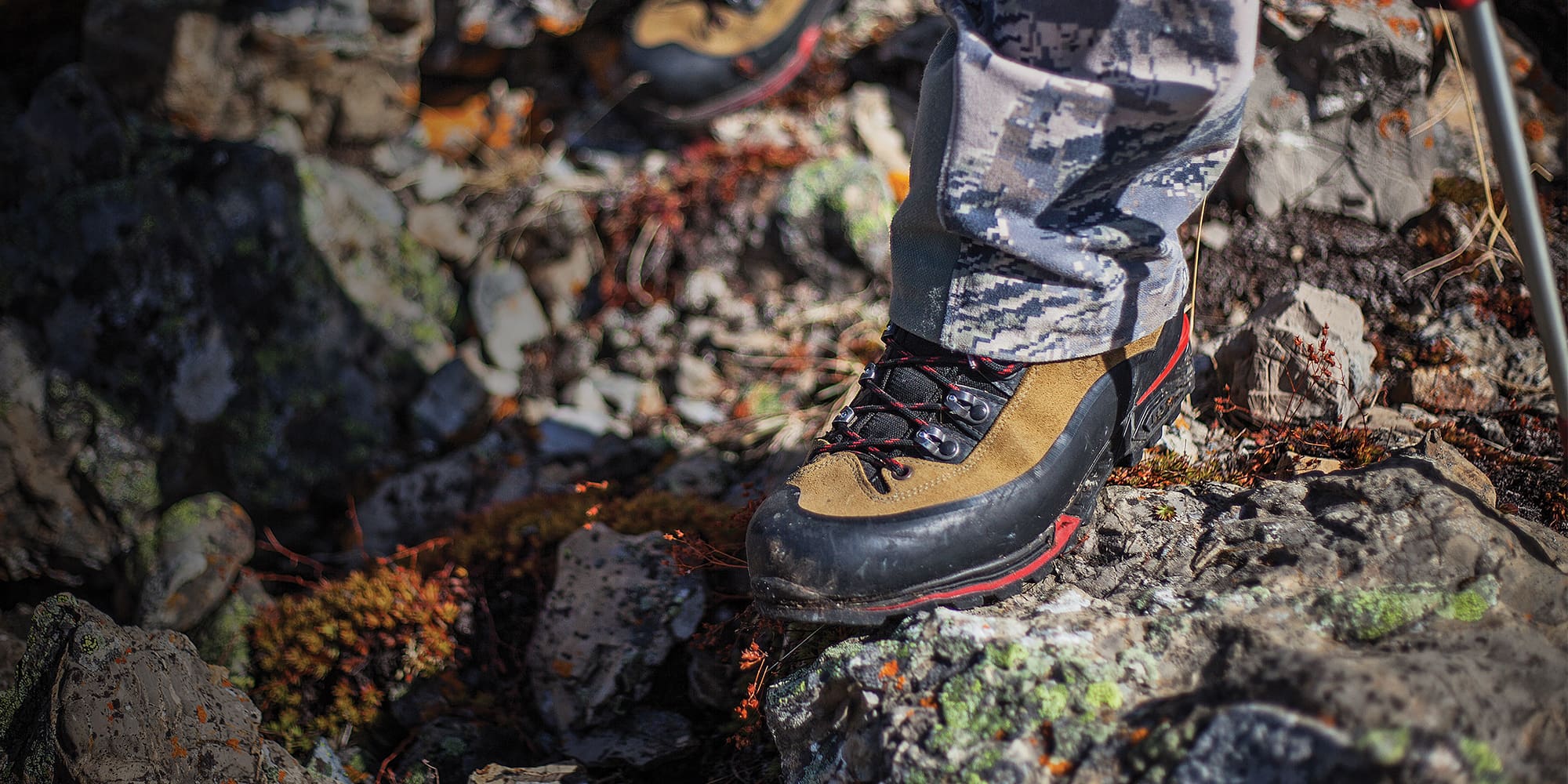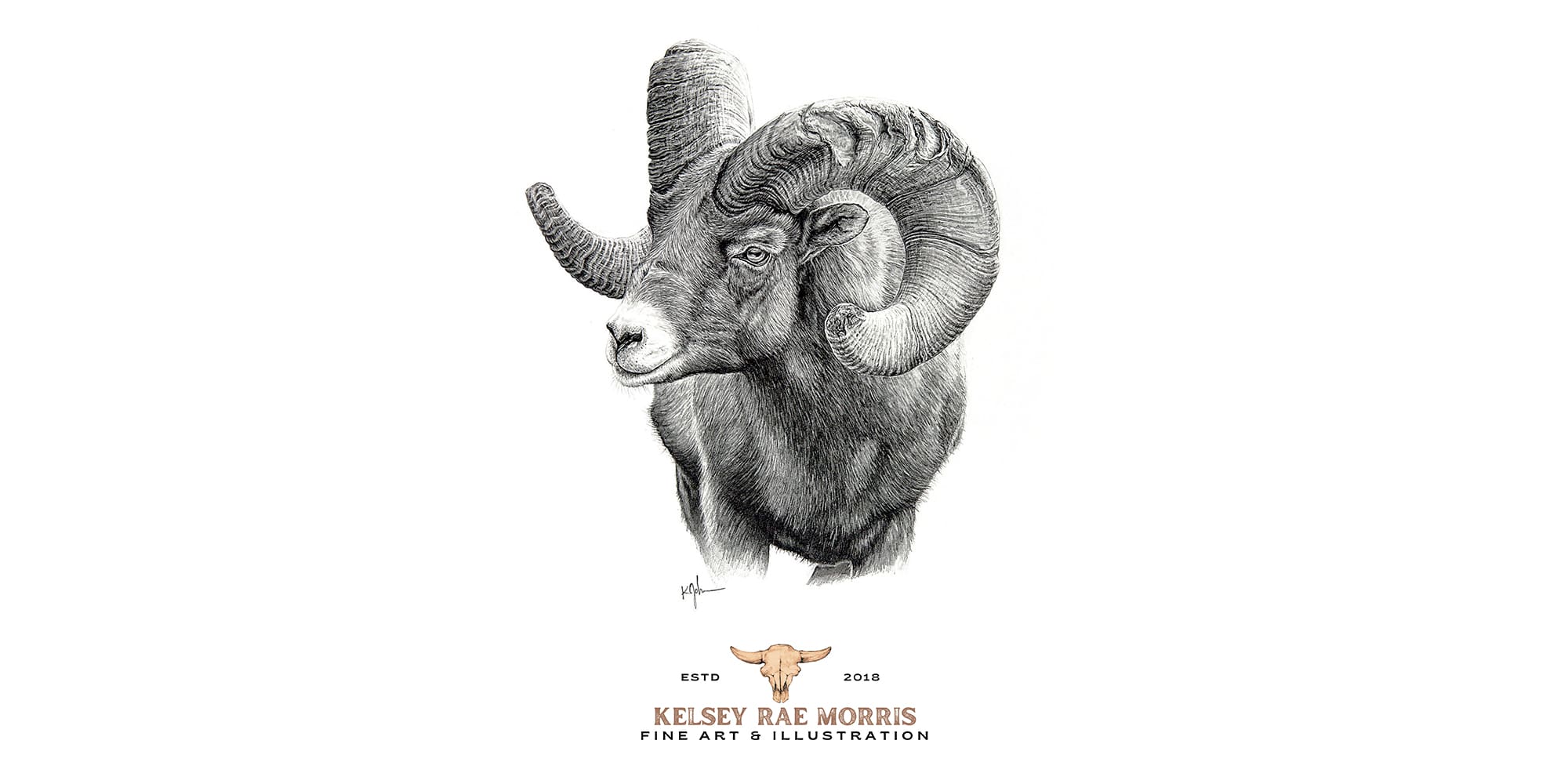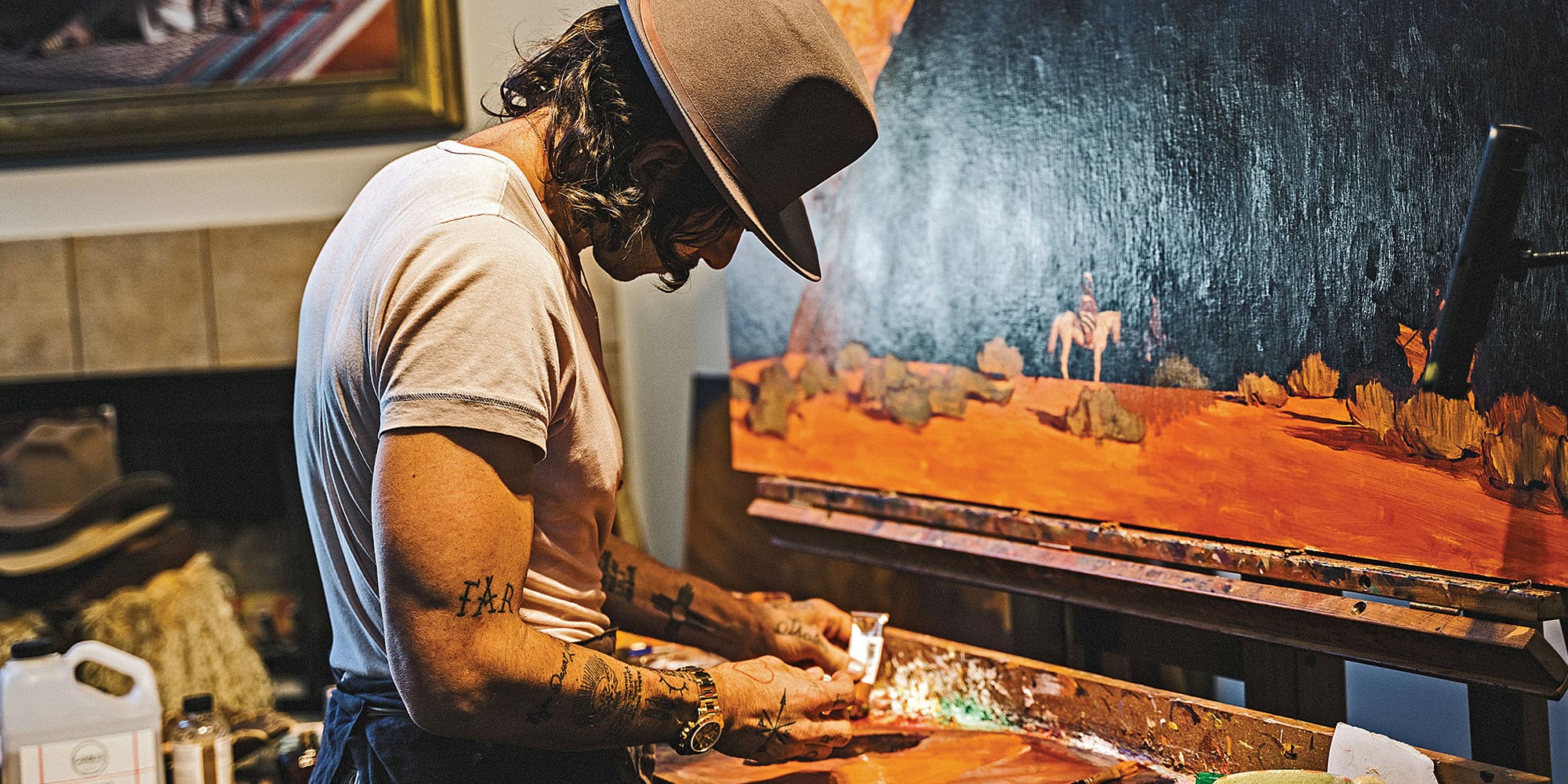
NOTICE: Certain links on this post may earn a commission for Western Hunter Magazine from Amazon or our other affiliate partners when you make a purchase. Thank you for your support.
The Top 10 Late-Season Small Game Hunts
As many big game seasons come to a close, there is still ample opportunity to head afield and have some incredible hunting adventures out West. Small game seasons extend into the winter in many states and are a great way to get out and spend a long weekend chasing game. Whether a special trip or something in your home state, here are some of my top picks to keep you afield this winter.
1. Desert Quail
Location: Arizona
Seasons: Gambel’s, Scaled, and California quail ends Feb 10, 2019. Mearns Quail Season: Dec. 7 - Feb. 10
The rundown: Sick of the snow and cold winter? This may be the hunt you want to travel for. Southern Arizona is home to multiple species of quail. It also has ample public lands and warm winter weather. Throughout the state, various species of quail inhabit the washes and grassy hills from oak and mesquite country on through to cactus country.
For variety of species, concentrate in the southern part of the state. South of Tucson along the border you’ll find Gambel’s, scaled (blue), and the highly coveted Mearns quail.
For all the quail species, focus your efforts around water. Tanks and creek bottoms are a great starting point. The Gambel’s tend to concentrate in more oak country and in the flats, while the Mearns seem to be a little higher in the oak country, often just below the knobby hills coming up from the flats. The Mearns are a very tight-holding bird and are well suited for hunting with a pointer.
If you don’t have a dog, that’s okay, as you’ll likely jump birds while hiking through the washes. The scaled quail seem for be more concentrated in cactus country. They tend to run more than Gambel’s or Mearns and can be fast fliers when they do get up. I prefer to hunt the scaled quail without a dog just because I find so many in the cactus and they like to run into places where you don’t really want a dog to chase them.
What you need to know:
License costs: $160/season or $20/day.
2. Wild Pigs
Location: California
Season dates: Year-round
The rundown: When it comes to off-season hunting, there is no better - or better tasting -quarry than wild pigs. They are abundant in California. California actually has the 4th-largest wild pig population in the US. While the best hunting remains on private lands (83% are harvested on private) there are some public lands that hold pigs as well. The central coast has some access on wildlife management areas as well as some opportunity in the national forests around the state. The top pig-producing counties include Kern, Monterey, San Luis Obispo, San Benito, Tehama, Mendocino, Colusa, and Lake counties.
The pigs tend to concentrate around food and water. On public land, the thick canyons will hold the most sign, but the more open oak ridges provide good opportunity to spot in the mornings and evenings. Look for evidence of pigs, including tracks and torn-up ground where they are rooting. Still-hunting in the middle of the day through bedding areas around high concentrations of sign can be productive.
There tends to be a lot of poison oak throughout pig country, but I find that the winter seems make it less irritating. I will often wear gloves when still-hunting through thick brush as well as handling the pigs to prevent spreading it.
What you need to know
Nonresident license cost: Hunting license $169.05 and $77.76 per pig tag.
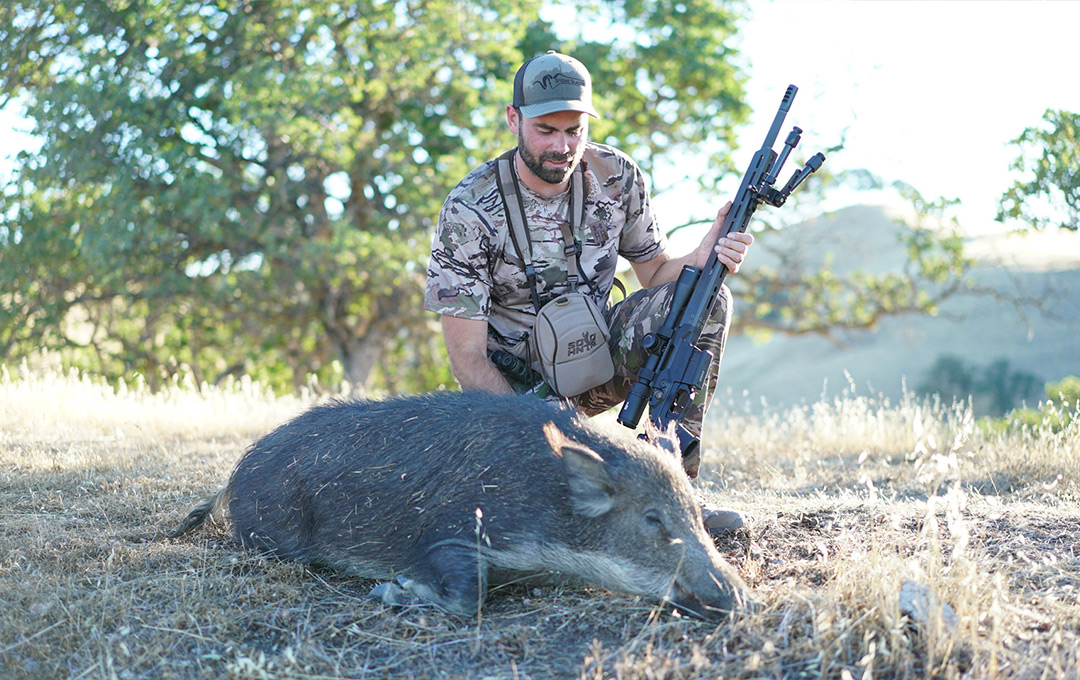
3. Fall Turkey, Pheasant, and Sharptail Grouse
Location: Montana
Season ends: January 1
The hunt: When someone mentions turkey hunting, December isn’t the first thing that pops into most hunters’ heads. While many turkey hunters only like to chase them when they’re calling in the spring, late-season upland hunting in Montana can allow you to come home with an extremely mixed bag and a few larger birds for a holiday feast.
The eastern and central plains of Montana tend to be the ticket for this hunt. Custer National Forest and the land around the Missouri River Breaks is a great spot for public land hunting. Many of the other areas - even if private - have plenty of public access through Block Management this time of year. Not very many people will be out bird hunting late, so it’s a great time to take advantage of empty spaces with room to roam.
Late in the year, the turkeys tend to be gathered in the river bottoms. I’ve heard what sounded like a tractor that turned out to be 300 turkeys all scratching around the fallen and snow-crusted leaves below the cottonwoods. It’s spot and stalk, and rifle/bow/shotgun are all legal this time of year. It’s more about putting a bird in the freezer, but it’s fun to combine with hunting pheasants or sharptails, which end at the same time.
The Breaks region tends to hold the most sharptails. They will be located in the windblown or burned-off ridges where they can access feed. As for pheasant, they’ll be in the thicker grasses around cut fields and CRP. Look toward some of the Block Management land for better pheasant hunting. Also, this time of year I find a lot of pheasants clustered in areas of frozen cattails where they can hide and stay out of the wind.
What you need to know
Nonresident license cost: $115 for a turkey tag or $57.50 if you already have an upland bird license (upland license is needed for sharptail, pheasants, and partridge.)
4. Tundra Swan
Location: Nevada
Season ends: January 6, 2019
The hunt: Hunting one of the biggest birds in the marsh. There are very few places where you can hunt swans and of those places – Nevada - is probably the most overlooked. It’s more like flying big game hunting when a large flock of swans comes in. Nevada, although a high desert, is a stopover for the large migrating birds.
The birds can be found in the marshes and refuges located within Churchill, Lyon, and Pershing counties. There are a few ways to hunt the swans - decoy, pass shoot, or jump shoot. I would suggest carrying a set of binoculars to help locate where the birds are hanging.
It’s best to scout the area the night before you hunt and then set up where they are the next day. They key is getting into the areas they frequent. There is a lot of land that doesn’t hold swans, so you’ll want to use your optics to find where they are frequenting.
Up to 650 swan tags are issued in Nevada on a first-come/first-served basis. You may purchase two tags and harvest two swans, but only one per day.
What you need to know
Nonresident license cost: $155/season or $23 for single day and $8 per additional consecutive day. Also, you need a $25 federal duck stamp and a $20 swan permit. Permits are available starting on August 20. The season may be closed early if five Trumpeter swans are harvested.
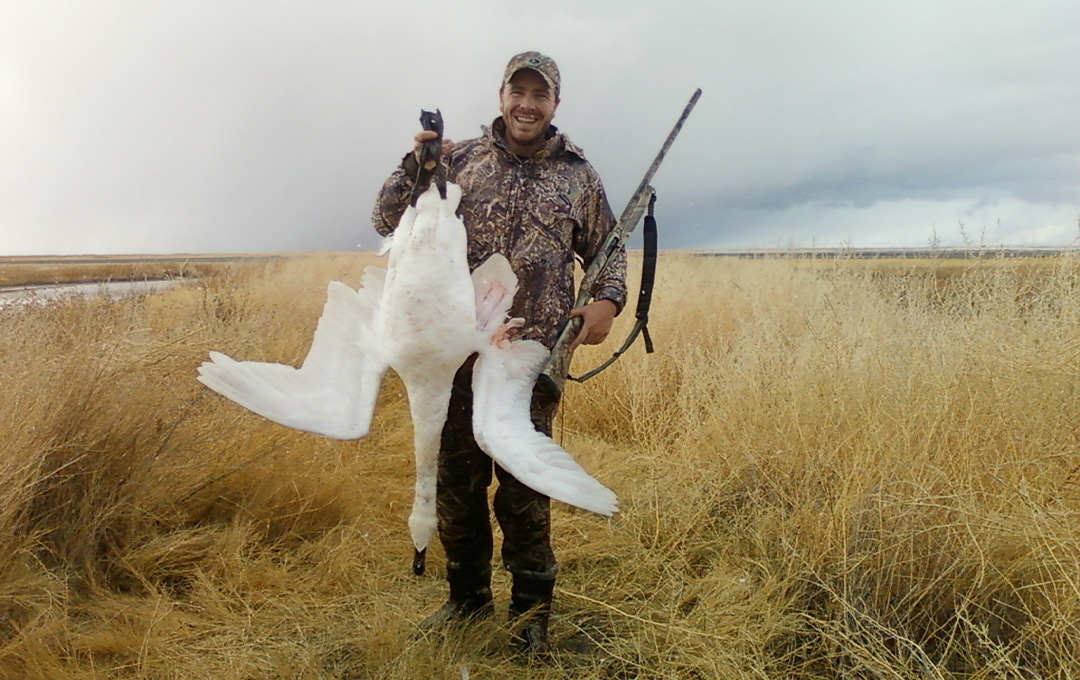
5. Snowshoe Hare
Location: Wyoming
Season ends: February 28
The hunt: While everyone else heads to Wyoming this winter for snow sports like skiing or snowmobiling, try a snow sport of a different kind. The Wyoming high country holds populations of snowshoe hares that can be extremely fun to chase, especially because they are often hard to get to during the winter.
Their large feet allow them to stay on top of the snow, making it easy for them to escape predators and live higher on the mountain late in the year. Luckily for hunters, they rely on their camouflage and will often choose to sit still and blend in, making it great practice with a light-caliber scoped rifle like a .22 or .17 HMR.
For good public access and decent populations, look to the Wyoming Range, Sierra Madres, Uinta, and the Bridger-Teton area. For mobility, consider hunting with the use of snowshoes or cross-country skis. Focus on areas with a mix of small conifers as well as aspens, willows, and alder. The snowshoe hares leave large tracks that are easy to follow. Focus on areas where they have cover and use your binoculars to look closely in patches of brush.
Snowshoe hares can actually be really great eating. I prefer a slow cook on the larger ones, either in a braised stew or in a curry. The younger ones I cook similar to cottontail or chicken.
What you need to know
Nonresident license cost: $74 annual or $22/day
6. Salt Lake Waterfowl
Location: Utah
Season ends: January 19
The hunt: When most people think waterfowl, the West gets overlooked. While most think of skiing in Utah this time of year, just outside of Salt Lake City is some epic duck hunting. The Great Salt Lake has thousands of acres of wetlands that harbor birds through the winter.
There are multiple Wildlife Management Areas on the lake as well as a National Wildlife Refuge. These can be hunted by the public but have their own regulations that need to be followed.
The best hunting is done over decoys and can either be hunted by boat access or wading. Late in the season, traveling the various dikes by walking and then wading out to a spot is a great way to access hunting areas. However, if you have an airboat or good duck boat, you’ll have access to many more prime spots.
Some of the noted areas to hunt include Bear River Bay, Ogden Bay, Willard Spur, and Farmington Bay. All hold waterfowl when water levels are high.
What you need to know
Nonresident license cost: Season $65 or 3-day $32. Federal duck stamp: $25.
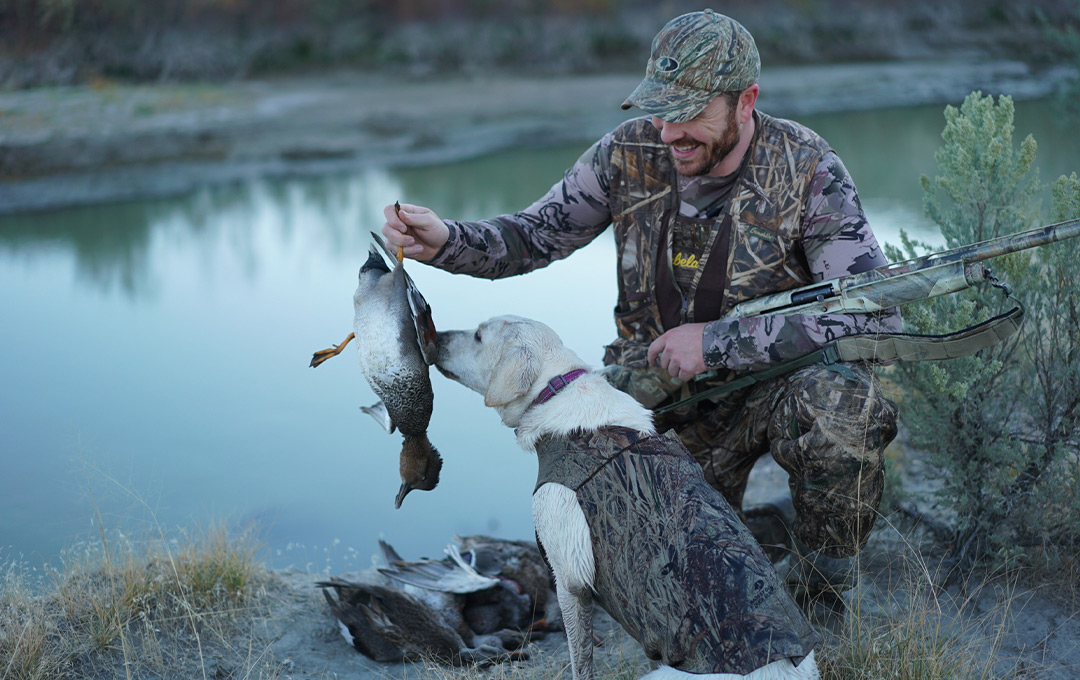
7. Hells Canyon Chukar
Location: Oregon & Idaho
Season ends: January 31
The hunt: Rising up from the steep banks of the Snake River below is some of the most breathtaking, rough, and famous chukar hunting out West. Most hunters base out of Brownlee and venture into the break's country around the river in search of an extremely tough game bird.
Early in the season, hunters will take advantage of the chukar by hunting while fishing and floating the canyon. However, late in the year, most hunters access the area by vehicle and foot. This often leaves for a tough hike back to the truck at day’s end.
To target the birds late, look for the steep grass and scree slides about ¾ from the top. A dog is a great investment here, not only for finding birds but also retrieval of downed birds. Look for late-season green-up; if there is moisture, it will be high. If not, most the birds will remain near green-up located lower near water.
What you need to know
Idaho side license costs $97.75 small game license or $35 for 3-day. Oregon side license cost $167/season.
8. Archery Javelina
Location: Arizona
Season dates: See regulations. Seasons and tags change per unit, but as a rough date range, Archery: January 1- 24; Handgun, archery, muzzleloader: February 8-18; Rifle: February 22-28.
The hunt: One of the most action-packed hunts on this small game list. In all fairness, javelina are somewhere between big and small game, but the hunting can be a combination of deer hunting and predator hunting. The best tactic is spot and stalk, setting up on a vantage point and glassing until you find a group. Concentrate your efforts on areas with their preferred food source - prickly pear.
When stalking in to where they were seen, a javelin-in-distress call is a great way to get them to run into you and it can be an extremely exciting way to hunt them. In Arizona, there are multiple ways to obtain a javelina tag. There are draw tags, leftover tags available OTC, and non-permit tags that are always sold OTC.
Most of the southern areas down near the border hold the highest populations and the best odds of picking up a tag over the counter. Just be cautious of the immigration traffic the closer you get to the border.
Although people say javelina doesn’t taste good, I’ve never found that to be the case. I’ve shot quite a few and all of them have been a mild white meat much like pork.
What you need to know
Nonresident license cost: $160 season, $115 for Javelina permit.
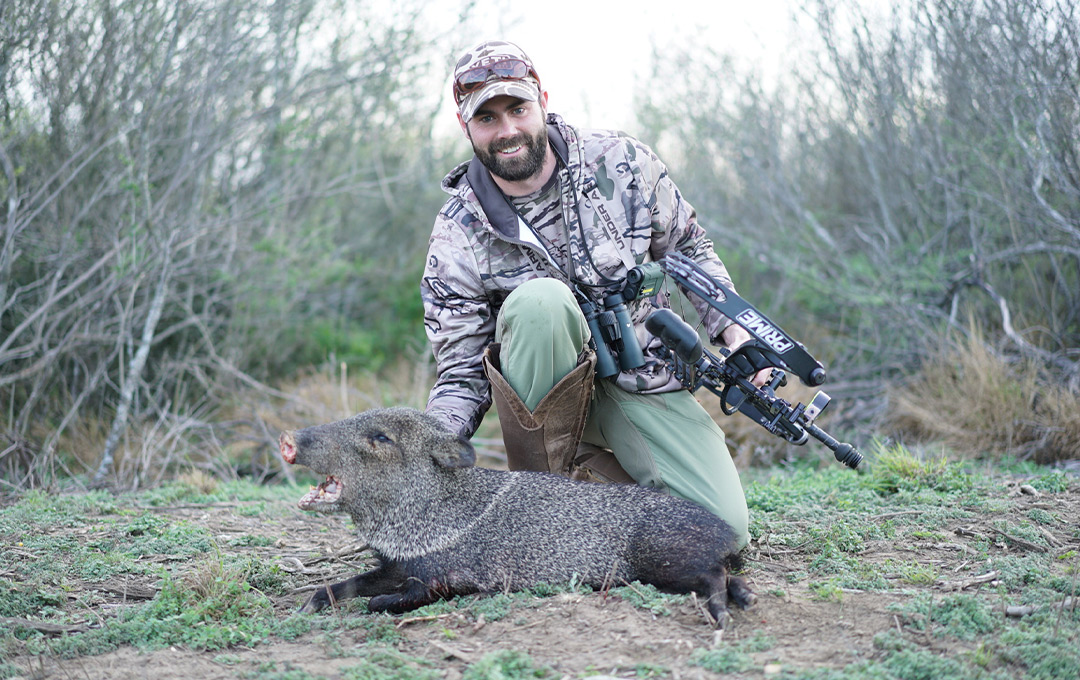
9. Chukar
Location: Nevada
Season ends: February 3
The hunt: If you like a lot of mountains and an endless expanse of public land, then this hunt is for you. Nevada boasts a lot of chukar and even more places to hunt them. Just pick a steep, rocky mountain and there will likely be birds at the top. Of course, they will fly to the bottom once you get there, but that’s why they have such a cult following in the state. Most don’t come easy.
From I-80 north to the Idaho and Oregon border, most ranges hold chukar, while some of the further east ranges hold both chukar and Huns.
For a remote hunt, it doesn’t take long to get away from civilization here. If you base around Elko or Winnemucca, many hunters find themselves at one of the famed Basque restaurants in the area after a tough day’s chukar hunt, which is a great experience in itself.
Late in the season, the birds will concentrate on the burnt-off south slopes, always near rocky rims and peaks where they can fly for safety. Find some inhospitable and steep country and you will surely find birds.
What you need to know
Nonresident license cost: $155 per season; $23 for single day and $8 per additional consecutive day.
10. Sea Ducks
Location: Alaska
Season ends: Kodiak area - January 22; Southeast - December 31
The hunt: For one of the most adventurous small game hunts in North America, sea ducks off the coast of Alaska has to be tops. Home to giant bears and better known for fishing and big game hunting, Kodiak and Southeast Alaska has phenomenal hunting for some truly unique species of ducks, including Harlequin, Old Squaw, Eiders, as well as other divers and puddle ducks. The waters are cold, but for many of the birds in this area, southeast Alaska is pretty far south from where they live in the Arctic Circle.
A boat is helpful, but you probably won’t want to venture too far out. Look for rocky points along the shore that jut out into the water and set up there. You’ll catch a lot of birds passing these points.
A decoy string will help guide the fast-flying birds to your position. In the southeast especially, you’ll want to pay a lot of attention to the tides. The big tidal swing may leave you high and dry or in too deep if you don’t stay on them.
If hunting from a beach or shore, dark colors and black work the best to conceal yourself in the black rocks. Even black landscaping mesh makes a good blind or ground cover to hide under.
Outside of the larger towns of the southeast or on Kodiak, you may find decent hunting within the road system, where you will have access to plenty of prime sea duck hunting late in the year.
What you need to know
Nonresident license cost: Small game only $60; state waterfowl stamp $10; Federal duck stamp $25.
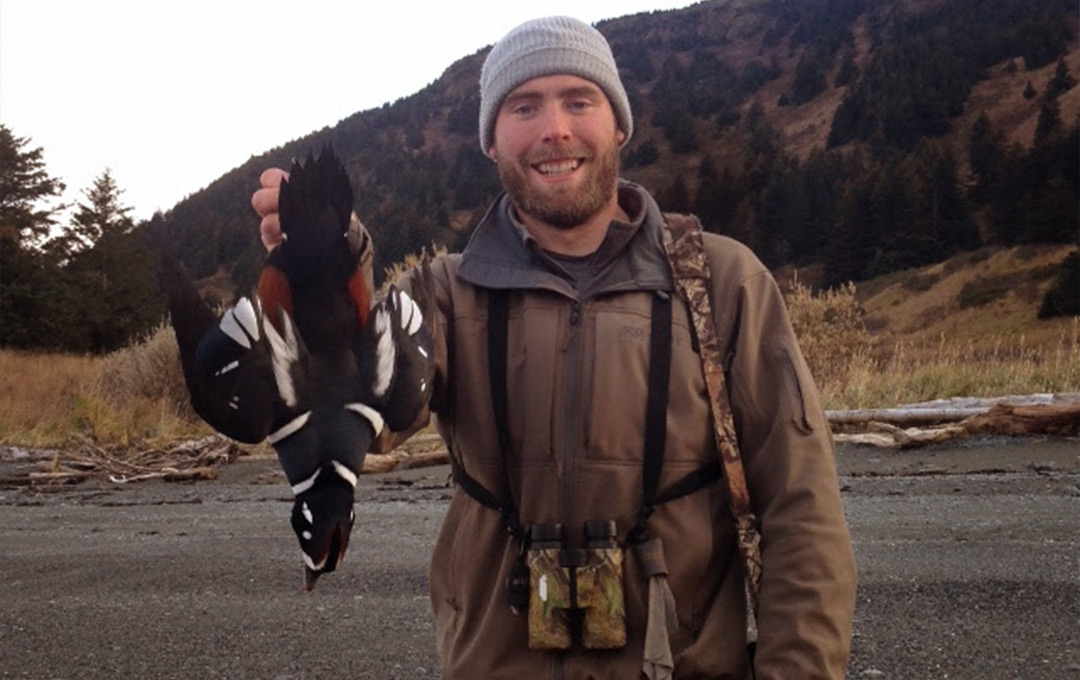
What Off-Season?
Whether to mix it up, see something new, or get some different meat for the freezer, there is plenty of incredible hunting out West well into the winter. Many of them may be hunts that you find yourself looking forward to as much as a coveted deer tag. I know that there is plenty of hunting still to be had this season and some incredible upland and small game hunts that I’m really looking forward to this winter.
I hope this list gets you thinking and possibly out in the field for one more late-season adventures of your own. As a reminder, this only serves as a starting point. Make sure to check all local regulations where you will be hunting for accurate season dates, bag limits, and license requirements.


